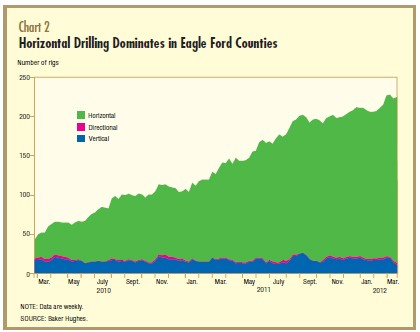Federal Reserve Updates
Post on: 6 Октябрь, 2015 No Comment

January 28, 2015
By Richard Barrington | MoneyRates.com Senior Financial Analyst, CFA
Once you brush aside the dusty economic jargon, today’s concluding statement from the latest Federal Open Market Committee meeting was positively sunny. Just don’t expect the stock market to see it that way.
Meanwhile, today’s statement leaves the outlook for bonds and bank rates mixed.
What the Fed didn’t say may be the big news
The sunny side of the Fed’s statement is that it sees economic growth as solid, and notes continued improvement in employment. The Fed even was willing to dismiss recent signs of deflation. Though the Fed has repeatedly expressed concern about inflation running below its 2 percent target, today’s statement notes that price increases should firm up as energy prices stabilize and as the labor market moves closer to full employment.
That optimism might be the reason for what the Fed didn’t say in today’s statement, and sometimes it is what the Fed doesn’t say that markets and commentators seize upon. In recent meetings, Fed meeting statements had mentioned an expectation of keeping short-term rates near zero for a considerable time following the end of its latest quantitative easing program. Today’s statement did not include that language.
What does that mean? At face value, and couched in all the usual qualifiers of these Fed statements, it simply means the Fed is leaving itself free to adjust as conditions change. However, in removing a commitment to keeping rates low for a considerable time, it could be argued that the Fed is anticipating an imminent change in conditions.
Implications for stocks, bonds and savings account rates
Low interest rates have created demand for stocks, and while nothing in the Fed’s statement changed the low rate policy, stocks are long-term investments. The removal of the commitment to keep rates low for a considerable time might start some investors looking for an exit before rates start to rise. Plus, the stock market has become positively greedy for Fed stimulus, and the Fed’s sanguine outlook for the economy — despite recent deflation and global woes — would seem to quash the hope of new stimulus anytime soon.
Bond investors might take hope in the Fed’s plan to continue to roll over the mortgage-backed and Treasury securities acquired during its massive quantitative easing program. This means that while the Fed is no longer adding to its inventory of those securities, it is also not in a hurry to sell off those securities. That should give the bond market some measure of stability in the near term, though long-term bond holders should be concerned about volatility once the Fed shifts to a less generous policy or inflation starts heading toward more normal levels.
Meanwhile, the Fed’s continued policy of low short rates will bring no immediate relief to depositors facing today’s near-zero savings account rates and other bank rates. The bright spot for these depositors is that the Fed’s change of language on low rates hints that higher deposit yields could soon appear on the horizon.
About the Federal Reserve
The Federal Reserve serves as the central bank of the United States. It was founded in 1913 by Congress for the purpose of strengthening the nations financial and monetary stability. Today, the Fed serves several duties in the nations economy.
These roles include regulating financial institutions, seeking to foster prosperity in the financial market, providing services to financial institutions, and influencing credit and monetary conditions for the purpose of a stable economy.
The Federal Open Market Committee (FOMC) meets several times each year and steers many key parts of Federal Reserve policy, including guiding the target range of the federal funds rate. The committee consists of 12 members.
Federal Reserve policy options
Options the Federal Reserve has for manipulating the economy include:
- Altering the federal funds rate target
- Altering the discount rate and its spread from the federal funds rate
- Making open-market purchases of mortgages securities and Treasury bonds
- Revising the language in the Fed’s official statement to extend the period of time that interest rates are anticipated to be low
- Increasing the money supply














